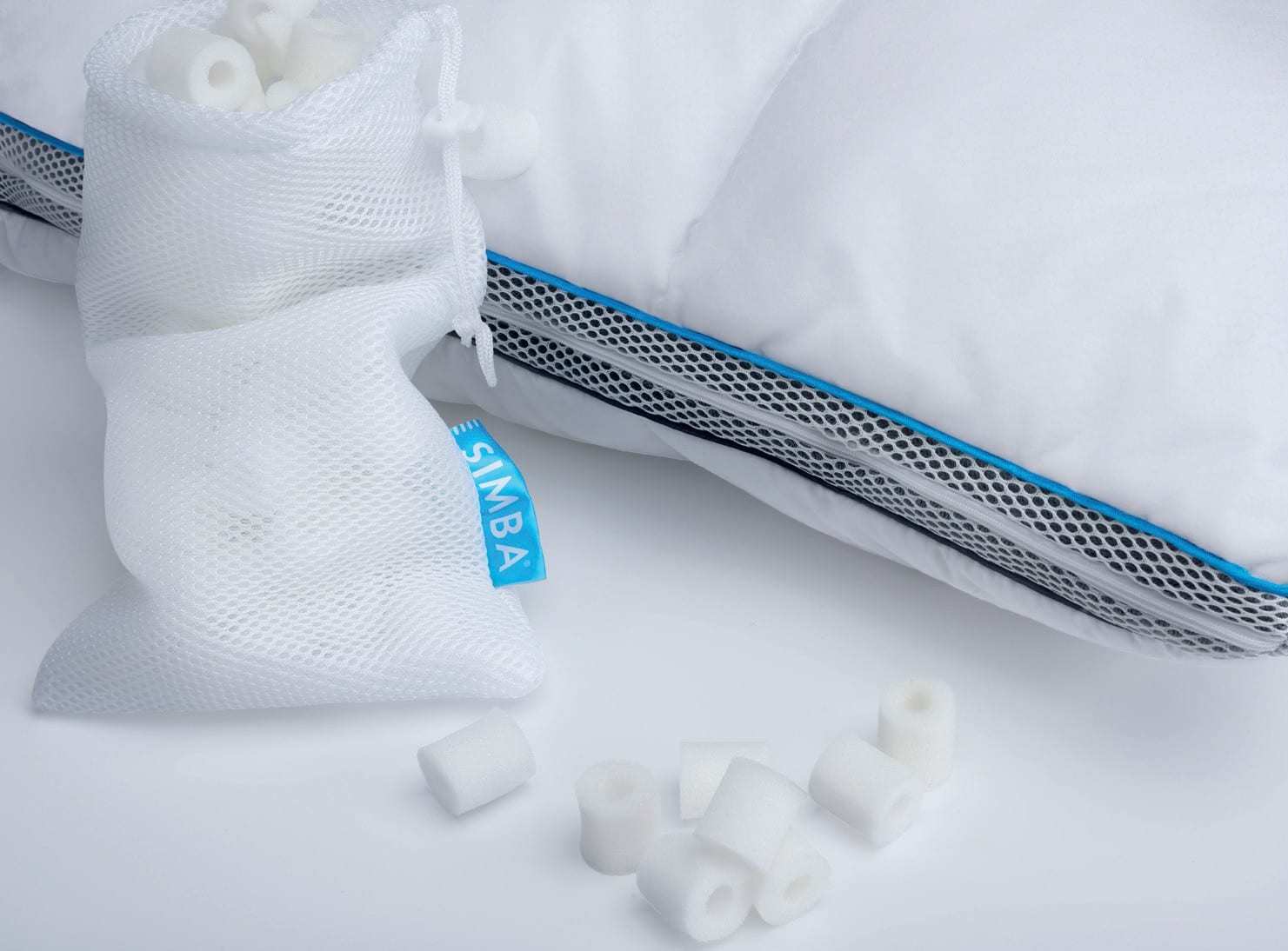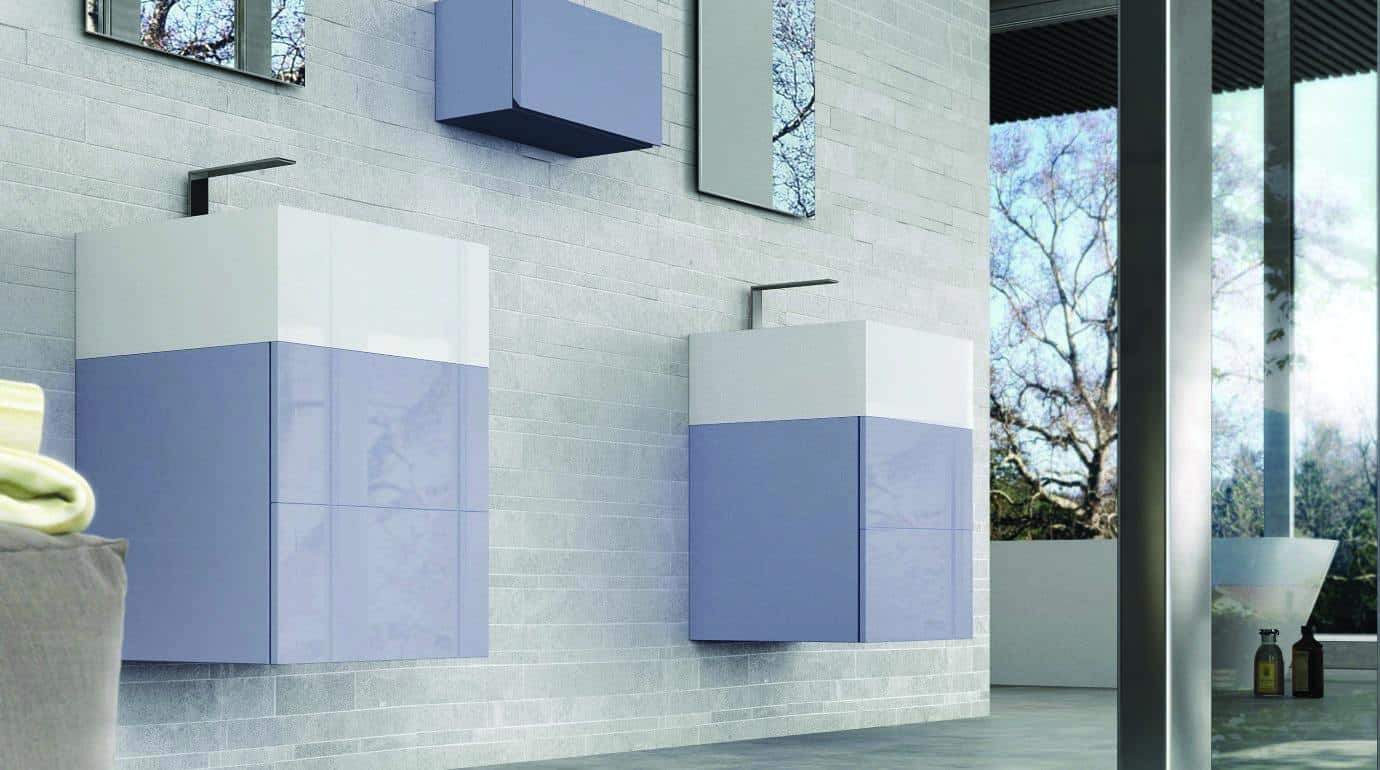
Much of your business is subject to a high level of wear and tear, and steps to address the high level of use that the pillows undergo in your guests’ bedrooms is often overlooked. Bill Lumley talks to two UK pillow suppliers for tips on such matters as maintenance and pillow life expectancy.
CARE AND MAINTENANCE
Star Linen senior customer care executive Sally Patterson says that in order to ensure the pillow stays bouncy and full of life it is best to plump them every time you change the bed.
She suggests: “To extend the life of a pillow then we always recommend a pillow protector, this is a zipped cover that you place around the pillow. These will help keep dust mites and other bacteria from getting into the pillow itself and will help extend your pillow’s life. As well as keeping your pillows fresh it will also protect from stains, this is particular important when using white linen as no customer wants to see a stained pillow.”
Simba Hybrid Pillows are designed with outer sleeve pockets filled with either lightweight ethically-sourced duck down or microfibre with an inner pocket of removable Nanotubes. Simba Sleep partnerships manager Chris Read says: “We recommend that customers wash the outer sleeve at 60 degrees every so often such as every three to six months depending on usage. Perhaps sooner for busy commercial use, say every one to two months.”
Nanotubes are highly responsive and should keep the pillow springing back to shape, but occasional plumping is recommended to all for full reformation, he says.
PILLOW LIFE EXPECTANCY
The life expectancy of a pillow is highly dependent on the level of usage and soiling, but the Simba Hybrid has been designed to last longer with its machine washable outer sleeve suitable for washing at 60 degrees, according to Read Patterson concurs. “This is dependent on usage and occupancy of the property,” she says.
Best practice is to maintain them well and machine wash the covers every 1-2 months for use in hospitality.
Star Linen’s Patterson says: “We usually recommend replacing pillows every two years, particularly for a B&B or hotel as they usually have a high turnover of customers.”
PILLOW CHOICE
There are various different styles of pillow, from feather & down, to microfibre, to memory foam and gel, Read says. “The Simba Hybrid has a combination of thermoregulating OUTLAST outer layer developed by NASA for use in space suits, height and firmness adjustability – adding or removing Nanotubes – while providing ultimate air circulation via the 3D vented side panels. It is the pillow for every type of sleeper, in one, you just need to make it your own to your preference.”
Patterson says: “Our Blenheim pillow is our best-selling pillow. The microfibre filling is the lightest and finest of all the synthetic fibres and replicates the luxury of natural down and is great for allergy sufferers. We offer a soft and firm so our customers can offer a choice.”
DO’S AND DON’TS
There are the obvious rules to follow with regards to allergies to feather and down. Read says if anyone suffers from such allergies they should make sure they check the
pillow materials first. “With memory foam pillows, these are more likely to trap heat, so if you live in a hot climate, we recommend something with cooling properties, like gel or well ventilated designs like the Simba Hybrid pillow,” he says.
Patterson says: “Don’t buy on personal preference, what you may like may not suit your customers.
“Do think about the temperature of your room. A cotton-covered pillow will be more cooling to lay on than a microfibre cover.
“Consider offering a choice of soft and firm, depending on the way the customer sleeps depends on what weight of pillow they will prefer.
“If you choose feather and down pillows have a synthetic fibre alternative in the room, many customers have allergies.”
Finally she advises B&Bs to offer two pillows per guest. “It not only allows the guest to decide how high they want the pillows but also makes the bed look more attractive when the customer enters the room.”



